Easily producible sake using next-generation sake rice varieties that are easy for producers to grow are beginning to appear one after another and are becoming popular overseas. The Next-Generation Sake Rice Consortium, organized mainly by the Hyogo Prefectural Technology Center for Agriculture, Forestry and Fisheries, has been promoting research and development with the aim of expanding the export of sake. Examples of achievements in Ishikawa and Hyogo Prefectures are introduced here.
Sake brands made from Hyakumangoku-no-Shiro have been released in succession
|
n Ishikawa Prefecture, an area that is well known for sake, many sake brands made from sake rice with the unique nickname of "Hyakumangoku-no-Shiro" have appeared. "Yamada Nishiki", grown in Hyogo Prefecture, is well known across Japan as sake rice suitable for daiginjo sake as it is easy to raise the rice polishing ratio. However, due to the high plant height and tendency to topple over, in addition to the late harvest period, it has the weakness of being unable to be cultivated throughout Ishikawa Prefecture. Therefore, the Ishikawa Agriculture Research Center set out to cultivate a variety of sake rice that is suitable for daiginjo sake but is resistant to toppling over. After 11 years, "Ishikawa Sake No. 68" (Fig.1), which can be cultivated throughout Ishikawa Prefecture, and has an early harvesting season while inheriting the characteristics of "Yamada Nishiki" was born. It is a revolutionary new variety that benefits four parties: producers, brewers, liquor stores, and consumers. Upon investigation of the characteristics of Ishikawa Sake No. 68, it was found that in comparison with other sake rice, it contains less protein, which contributes to the unfavorable taste of sake. Furthermore, it was found that even if much of the surface of brown rice is polished, it does not crack easily, and is therefore suitable for daiginjo sake, which uses rice that has been polished to less than 50%. The resulting sake has a refreshing taste and is rich in fruity aroma constituents. |
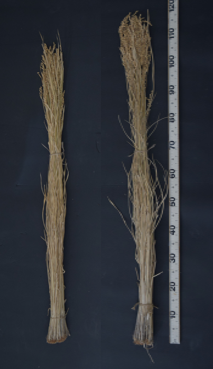 Fig.1 "Ishikawa Sake No. 68" (left) is shorter than "Yamada Nishiki" |
In 2019, when a public call for a nickname for Ishikawa Sake 68 was made, about 3,000 nicknames were received from across Japan, and the name "Hyakumangoku-no-Shiro" was decided upon. A logo (Fig.2) that symbolizes pure purity with the motif of the characters "hyaku (hundred)" and "shiro (white)" was also developed. This logo is attached to sake brewed at Hyakumangoku-no-Shiro.
To date, 24 breweries in Ishikawa Prefecture have produced and sold sake using Hyakumangoku-no-Shiro (Fig.3). In addition, products such as "Kura Master" that have won prizes in international competitions have also been created. Ishikawa Prefecture is engaged in in the promotion and expansion of sake rice with the aim of "first focusing on promoting these in the local area, but in the future, but there are plans to disseminate information in the Tokyo metropolitan area, and subsequently export to other countries."
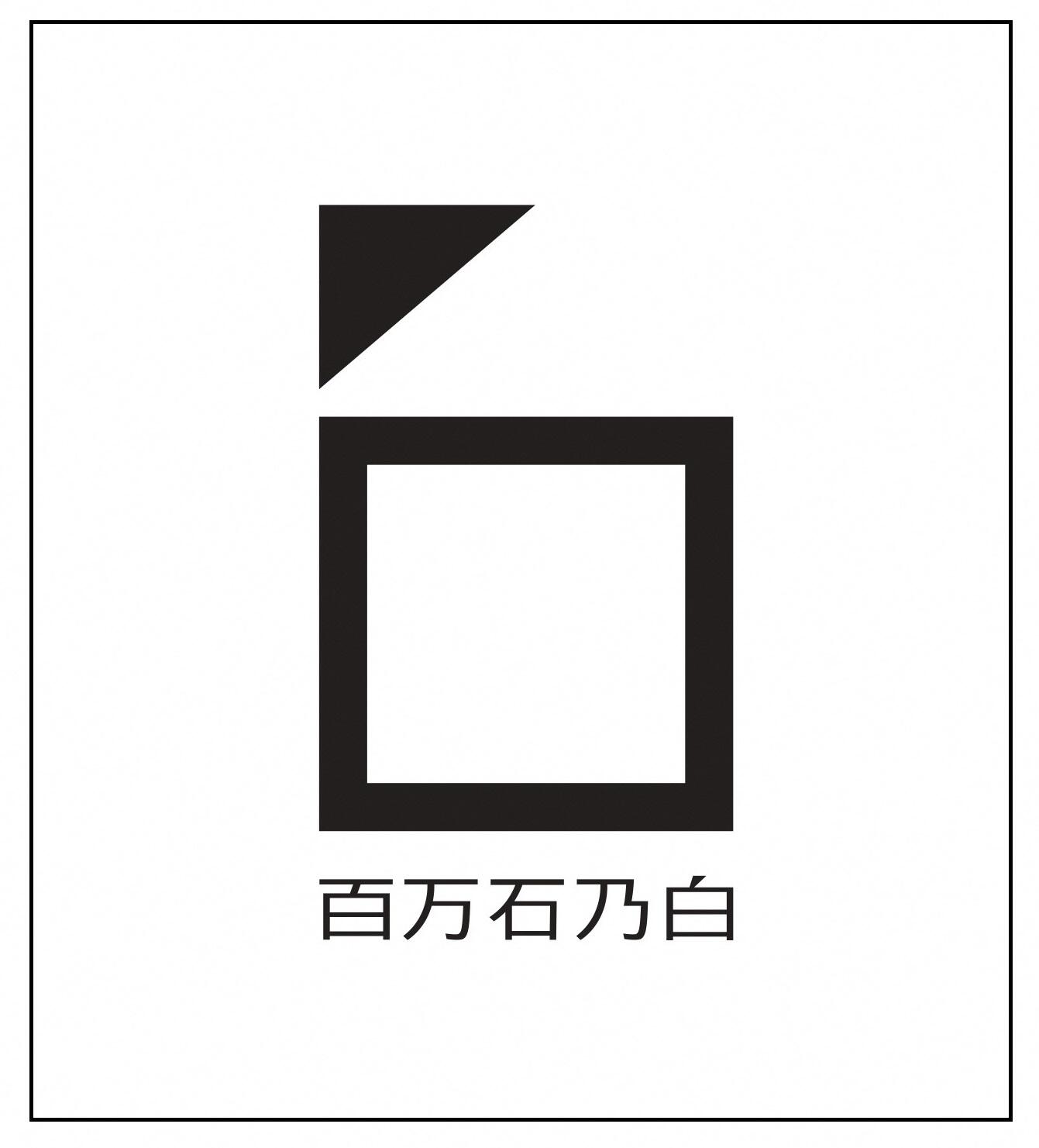 |
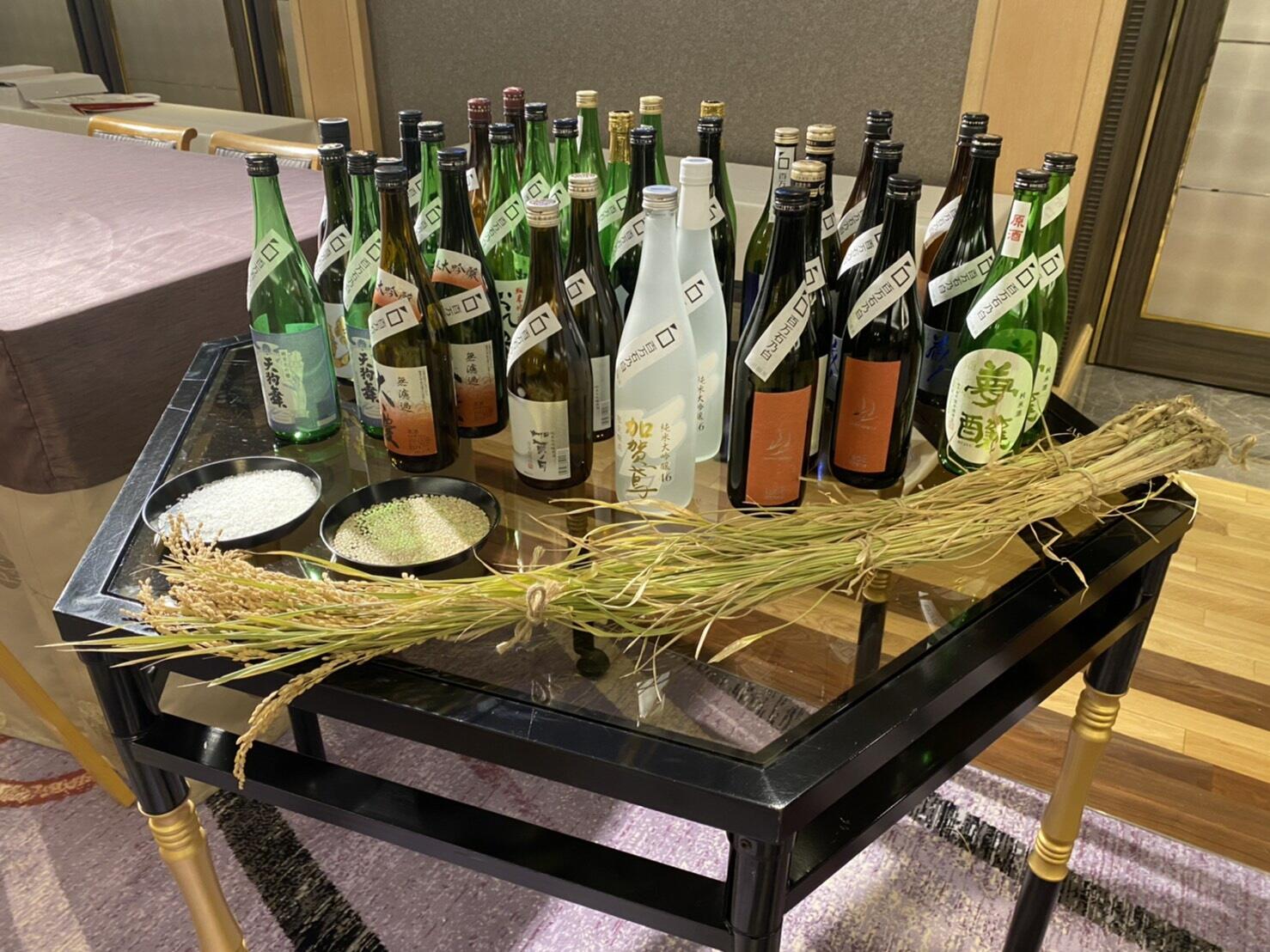 |
| Fig.2 Logo of Hyakumangoku-no-Shiro | Fig.3 Various types of new sake from Ishikawa Prefecture made using the new variety "Hyakumangoku-no-Shiro" (Provided by Ishikawa Prefecture) |
"Hyogo Sake 85" expands overseas
There is need for development of sake that can be exported from Japan to other countries. Sake brewed using the new variety "Hyogo Sake 85" developed by the Hyogo Prefectural Technology Center for Agriculture, Forestry and Fisheries is likely to be the leader in the field. With the aim of promoting the sake-producing region of Hyogo around the world, this is the first type in Japan to be written in the Latin alphabet. Its parent is "Yamada Nishiki", which is said to be the king of sake rice.
A major feature of this type of rice is that it contains a large quantity of shimpaku, which is necessary for making rice suitable for sake brewing. Shimpaku is the whitish mass in the center of the rice grain. This part has a rough starch structure, so it is easy for rice koji to grow and become a sugar, allowing alcohol fermentation to proceed in a well-balanced manner. In addition, Hyogo Sake 85 is rice blast resistant, high yielding, and heat tolerant.
Furthermore, it was found that sake made from this sake rice is rich in fragrant aroma components such as isoamyl acetate, which is said to have the scent of bananas, and ethyl caproate, which is said to have the scent of apples. It is characterized by its low acidity, elegant taste, and smoothness.
Based on these research results, since 2018, ten sake breweries in Hyogo Prefecture have started selling sake using Hyogo Sake 85 in succession (Fig.4), and from 2019, Yamana Sake Brewery Co., Ltd. started exporting to Hong Kong, and Kasumitsuru Co., Ltd. started exporting to mainland China. It is also gaining popularity at bars and restaurants in Hyogo Prefecture. The cultivation area of Hyogo Sake 85 exceeded the target of 7ha, reaching 8ha in 2021, and the number of producers has increased to 6 (Fig.5). With regard to dreams for the future, Takuma Sugimoto, a researcher at the center, remarked, "In the future, we would like to expand exports to Western Europe, etc. and increase the number of fans of sake rice and sake around the world."
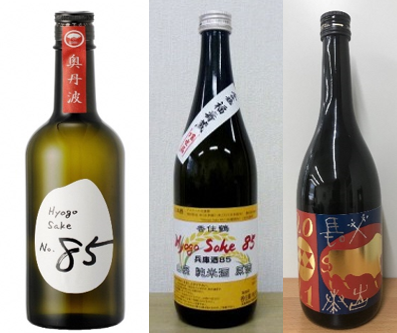 |
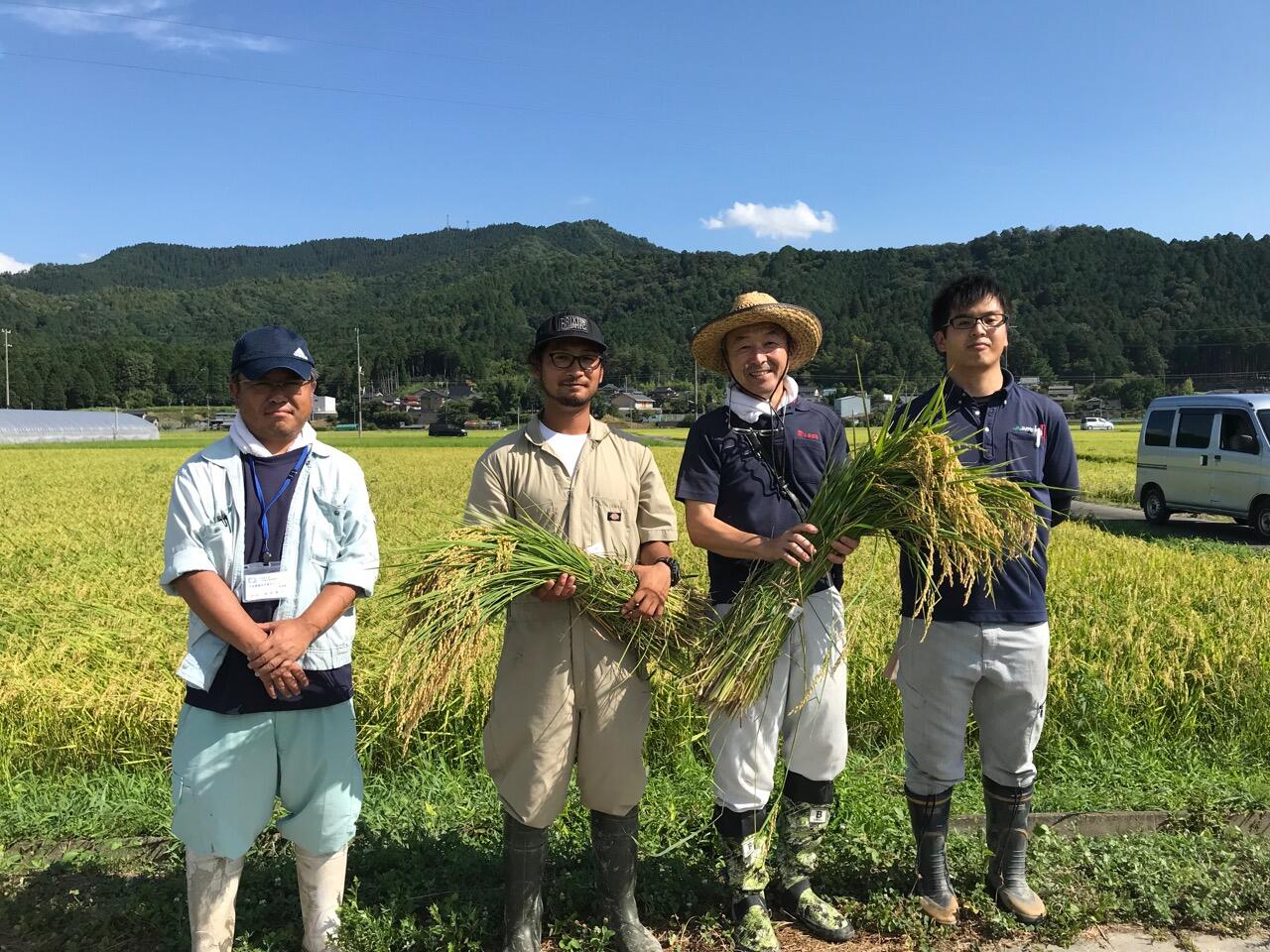 |
| Fig.4 Yamana Brewery's Hyogo Sake No.85 (left), Kasumitsuru's Hyogo Sake 85 (center), Nishiyama Brewery's Eto Label 2021 (right); provided by Hyogo Prefectural Technology Center for Agriculture, Forestry and Fisheries | Fig.5 Producers in Tamba City, Hyogo Prefecture and agricultural cooperative staff harvesting Hyogo Sake 85 (Provided by the Hyogo Prefectural Technology Center for Agriculture, Forestry and Fisheries) |
Project name
The special scheme project on regional developing strategy
Project period
FY 2016 to 2018
Title
Strategy to double sake exports by utilizing new varieties of sake rice with excellent characteristics on par with Yamada Nishiki along with innovative cultivation and brewing techniques
Leading research institutes
Hyogo Prefectural Technology Center for Agriculture, Forestry and Fisheries, Ishikawa Agriculture Research Center, Kyoto Prefectural Agriculture, Forestry and Fisheries Technology Center, etc.
